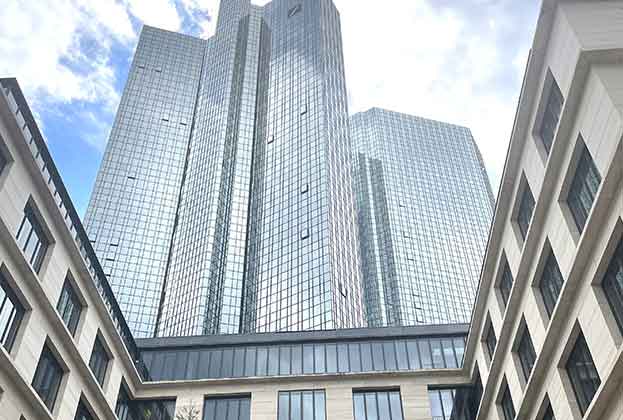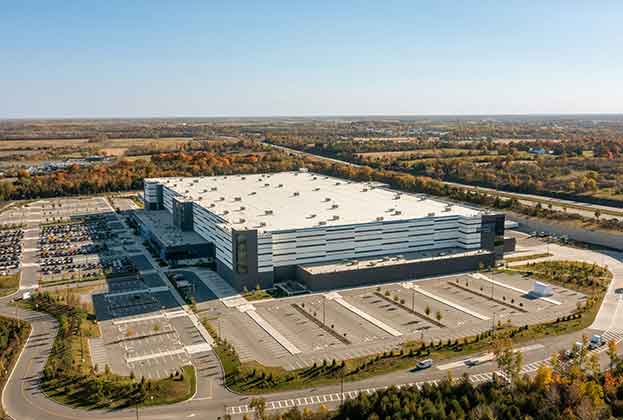How certificates do not equal sustainable performance
In school the stress before exams is palpable. Even though teachers tell their pupils; “pay attention throughout the year and you’ll do well in your exam”, the strategy of zoning out during class, learning everything the days before the exam and then forgetting everything you’ve read once you leave class remains popular. After all, how much do you remember about cell division or statistics? How long did you retain the information learnt in school?
Certificates resemble this strategy. It’s a test of one moment in time that requires everything to come together once but leaves room for forgetfulness afterwards. This doesn’t mean a certificate is a bad thing. On the contrary, certificates such as BREEAM and WELL have had a tremendously positive impact by motivating owners to create more sustainable real estate. These types of certificate allow you to compare properties, improve them in a scientifically backed manner and make it easier for owners and building users to find something that suits their strategy.
However, a certified building can still be used in a very unsustainable way. Let’s take the sustainable procurement policies from BREEAM as an example.
In practice, after two years of certification the tenants might have changed suppliers, or the supplier might have lost their own certificate due to budget restraints, or a new person in charge of procurement hasn’t seen that policy. There’s all sorts of reasons why it is very difficult to ensure that the original idea behind the certificate is kept in place. And if no one is monitoring it, there’s really no consequence to it either.
More technical measures such as the energy requirements associated with BREEAM ensure that the building can perform very sustainably, with local energy supply through heat pumps, solar panels and mitigated loss of energy through insulation. Once again, this doesn’t mean the building can’t be used unsustainably if the tenants choose to do so.
Our property managers are increasingly requested to analyse the actual sustainable performance of the buildings they manage. One interesting aspect of the results is that usually, the labels and certificates portray a better picture than the consumption data, or interviews with tenants and users of a building, does. Quite often we inspect buildings where we find the lights burning unnecessarily in certain areas, usually storage spaces, and people still tend to overrule energy-efficient settings on the thermometer to accommodate their personal preferences.
Why, if research shows tenants are actively seeking out sustainable properties, do these properties perform less favourably than their design indicates?
It seems in the same way that people tend to forget all about mitosis after having passed their exam, a certificate that states you are in fact, sustainable, means that you feel you’ve achieved what you had to and can now focus on something else. Although certificates provide a good starting point, true sustainable conduct requires continuous monitoring and improvement. Therefore, a clear collaboration is needed between the tenant and the landlord to ensure that a sustainably designed building is also used sustainably – and thereby remains sustainable. If the tenant has different requirements than what the building was designed for, this can be challenging. At the same time the developer cannot design the building too specifically for one single tenant as this might rule out other tenants in the future.
This is why sustainability experts and building owners are becoming increasingly critical of certificates. Rather than looking for a certain logo, we see several clients creating their own metrics against which properties will be audited, tailored more towards the actual performance rather than the momentary capture when the building was opened. It’s encouraging to see that in addition to ESG certificates, we are also seeing a growing use of green and blue leases.
2023 will be the first year countries have to show their progress against the Paris Agreement. Our advice is that you look further than labels when preparing for your audits. Investing in tangible improvements will not go unnoticed in the coming war for tenants.
(2).jpg)









.jpg)